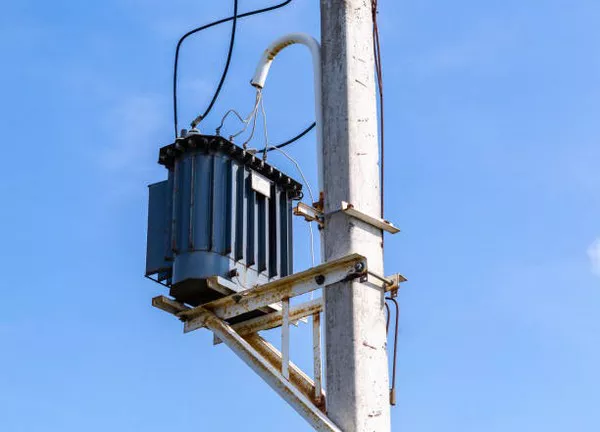In the vast network of electrical power systems that supply our homes, businesses, and industries with electricity, transformers play a crucial role in ensuring the efficient transmission and distribution of power. These devices are fundamental components that facilitate the transformation of voltage levels, enabling electricity to be transported over long distances and distributed to end-users effectively. The significance of transformers in power systems cannot be overstated, as they contribute directly to system efficiency, reliability, and overall energy sustainability.
Understanding the Role of Transformers
Transformers are essential devices used to change the voltage level of electricity within a power system. They operate on the principle of electromagnetic induction, where alternating current (AC) flowing through one coil of wire induces a voltage in another coil that is in close proximity. This process allows for the adjustment of voltage levels to meet the requirements of various stages within the power grid, from generation and transmission to distribution and consumption.
Key Functions and Benefits
Voltage Transformation: One of the primary functions of transformers is to change the voltage of electricity. High-voltage transmission reduces power losses during long-distance transmission, while lower voltages are safer and more suitable for local distribution to homes and businesses.
Power Distribution: Transformers enable power to be distributed efficiently from power plants to substations and then to individual consumers. They play a critical role in maintaining voltage levels within safe limits throughout the power grid.
Isolation: Transformers provide electrical isolation between different parts of the power system. This isolation protects sensitive electronic equipment from power surges and minimizes the risk of electrical shock to users.
Efficiency: By minimizing energy losses during transmission and distribution, transformers contribute to overall system efficiency. Higher voltages reduce the current required to transmit a given amount of power, which decreases resistive losses in power lines.
Types of Transformers
There are several types of transformers used in power systems, each serving specific purposes:
Step-Up Transformers: These increase the voltage level for efficient long-distance transmission of electricity from power plants to substations.
Step-Down Transformers: These decrease the voltage to safer levels for local distribution to homes and businesses.
Distribution Transformers: These are used at substations to further reduce voltage for distribution to end-users.
Instrument Transformers: These are used for measuring voltage and current levels within the system for control and protection purposes.
Enhancing Power System Efficiency
The incorporation of transformers into power systems significantly enhances overall efficiency in several ways:
Reduced Losses: Transformers allow electricity to be transmitted at higher voltages, which minimizes resistive losses that occur in power lines. This reduction in losses contributes to energy conservation and cost savings.
Optimized Transmission: Higher voltages enable power to be transmitted over longer distances with minimal losses, facilitating the integration of renewable energy sources located far from populated areas.
Improved Voltage Regulation: Transformers help maintain stable voltage levels across the power grid, ensuring consistent and reliable electricity supply to consumers.
Importance in Renewable Energy Integration
The increasing adoption of renewable energy sources such as solar and wind power necessitates advanced transformer technology within power systems. Renewable energy installations often require specific voltage levels for integration with existing grids. Transformers are crucial for stepping up or stepping down voltage as needed to match the grid’s requirements, enabling seamless integration of renewable energy into the power supply mix.
Advancements in Transformer Technology
Recent advancements in transformer design and materials have further improved their efficiency and reliability:
Amorphous Core Transformers: These transformers use amorphous metal alloys in their cores, reducing core losses and improving energy efficiency.
Smart Transformers: Integrating digital technologies into transformers enables real-time monitoring and control of power flow, enhancing grid stability and reliability.
High-Efficiency Designs: Manufacturers are developing transformers with higher efficiency ratings, reducing energy losses and environmental impact.
See also The Significance of KVA in Transformers: A Closer Look
Conclusion
In conclusion, transformers are indispensable components of modern power systems, serving critical functions that enable the efficient generation, transmission, and distribution of electricity. They play a vital role in enhancing energy sustainability by minimizing losses and supporting the integration of renewable energy sources. As power systems continue to evolve, transformers will remain essential for ensuring reliable, safe, and efficient electricity supply to meet the growing demands of our increasingly electrified world. The ongoing development of transformer technology will further contribute to the resilience and sustainability of global energy infrastructure.

